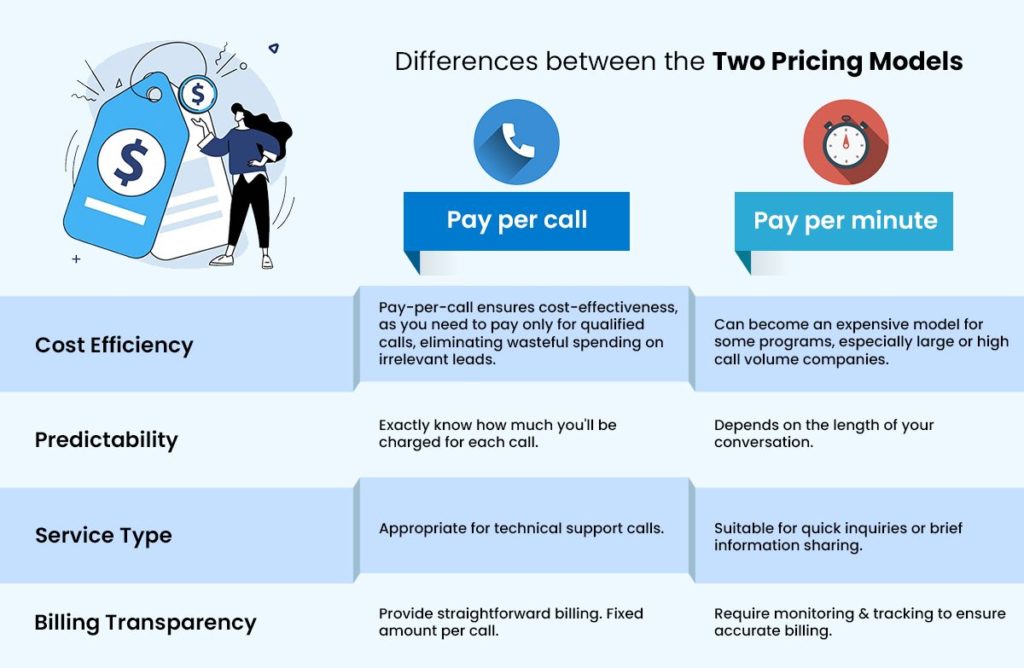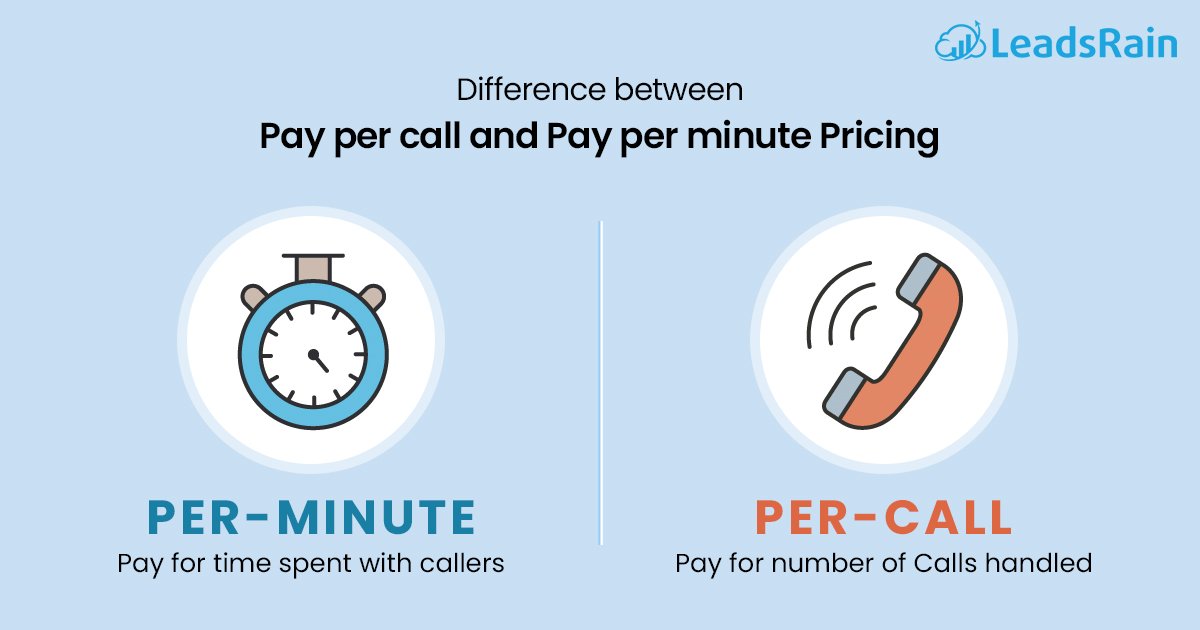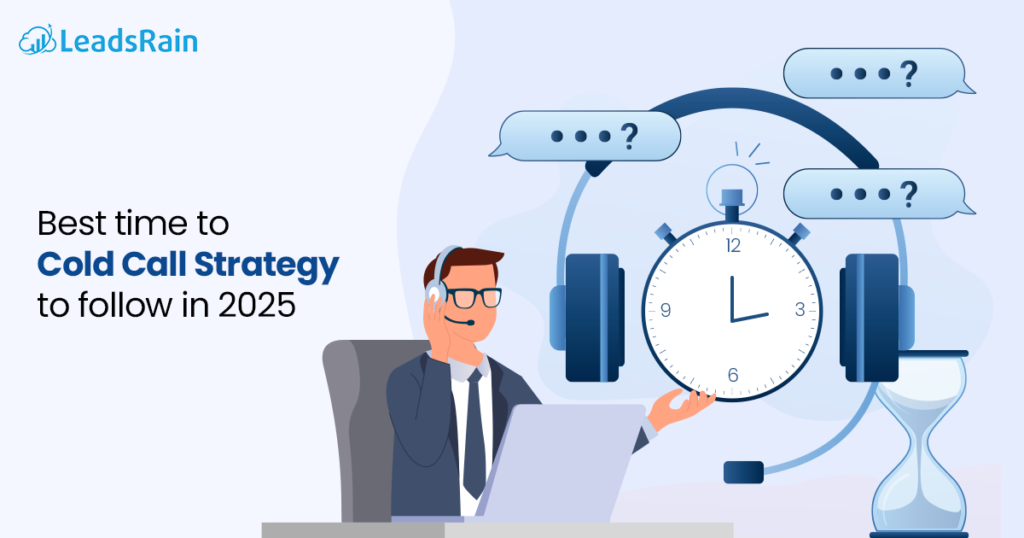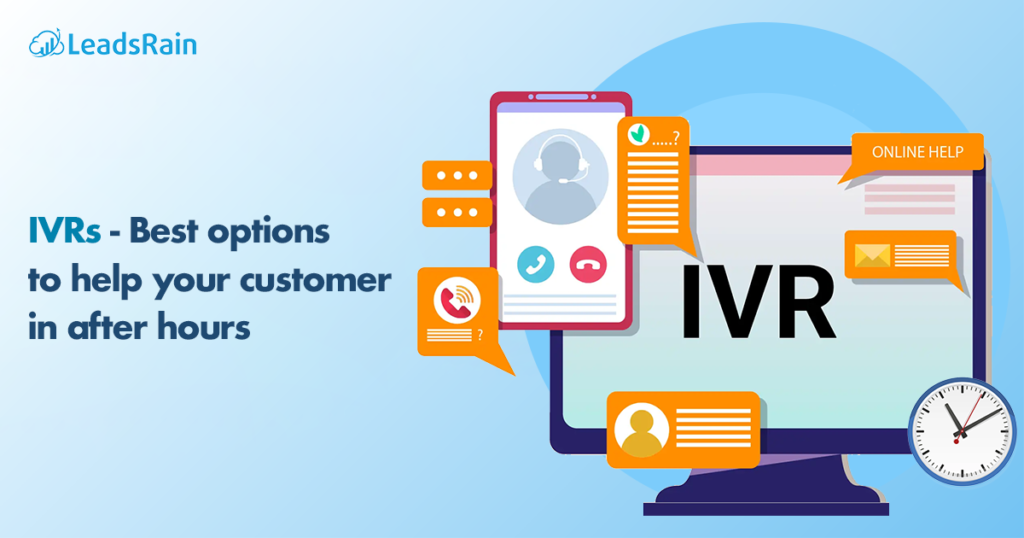Welcome to our comparison blog between two pricing models which are pay per call vs pay per minute. With the updated pricing model, we are excited to inform you that LeadsRain has recently taken a significant step towards delivering more flexibility and cost-effectiveness to our clients in the call center industry.
Let’s explore the differences between these two pricing models and look for a per-minute pricing model. We believe that pay-per-minute will truly optimize your experience and ultimately deliver better value for your investment.
What is Pay-per-call Pricing?
Pay-per-call is an advertising, billing, and performance marketing model that simply allows businesses to link with inbound customer phone calls.
Pay-per-call tracks the generated calls the same way performance networks track clicks.
This pricing model refers to a billing model in which advertisers must pay for generated calls. Pay-per-call is mostly used in multiple advertising platforms for efficiently tracking and measuring the effectiveness of marketing campaigns.
Advertisers create campaigns with predetermined aspects like location, keywords, or demographics, and when they meet these criteria, a predetermined fee is paid for each call.
“Investing pay-per-call allows for higher ROI, and generates 30-50% conversion rates compared to just 1-2% for clicks.”
How does Pay-per-call Pricing Work?
Advertisers can enhance the success of their campaigns, optimize their advertising strategies, and therefore, enable them to generate more qualified leads and conversions. Per call pricing model mainly works straightforwardly.
Here are a few steps of how a pay-per-call campaign works;
- Setting up a Campaign. Advertisers create a campaign and set up a phone number for tracking incoming calls. These ads consist of a dedicated phone number, enticing customers to call for more information or to make a purchase.
- Call Generation. When customers make a call, they dial the designated phone number, and a call is generated in your category. This number will automatically be forwarded to the advertiser’s business or a designated call center. Advanced call routing can be utilized for routing calls directly to call centers.
- Call Track & Qualified. A platform tracks and records details of each call like duration, time, and caller’s information (if available). This data helps advertisers analyze the effectiveness of their campaigns. An IVR is used to filter calls and when it matches your campaign requirements, the call is seamlessly connected.
- Invest in Qualified Calls. Advertisers are only charged based on the agreed-upon rate for each qualified call received. Here, billing is only paid for valuable leads generated through phone calls.
Exploring the Benefits of Pay-Per-Call Model
Pay-per-call is one of the great ways to generate qualified leads for your business. With a pay-per-call model, you are more likely to increase conversions and enhance the overall customer experience.
There are several benefits to utilizing this pricing model, which are;
Highly targeted leads
Phone calls are likely to attract and target potential customers who are actively interested in your products/services. Advertisers can connect with individuals who have seemed interested, leading to higher conversion rates.
Increased conversion rates
10-12 times phone calls are likely to have higher conversion rates compared to other forms of leads like clicks or form submissions. This leads to more sales or business opportunities.
Call leads are the best way for conversion of leads into customers. They usually convert 30% faster, spend 28% more, and have a 28% higher retention rate than customers who come from other forms of leads.
According to Forrester,
Enhanced customer insights
Here, direct interaction is promoted between the advertiser and the potential customers. Conversations over phone calls offer valuable insights into customer needs and preferences. This further ultimately leads to stronger customer relationships, and loyalty and thereby creates positive word-of-mouth referrals.
Simplified lead filtering
Pay-per-call not only allows you to target the callers you do want, but it also makes it simple to use automated telephony IVR menus to filter out calls you don’t want (such as customer support calls), allowing your sales agents to concentrate on the conversations that will offer the highest additional value to your business.
What is Pay-per-minute Pricing?
The pay-per-minute model allows you to pay for the actual minutes that an agent interacts with potential customers. This refers to a billing model where the cost of products/services is based on the duration of usage, which is measured in terms of minutes.
This model is used in several industries, such as telecommunications, video conferencing, cloud computing, etc. However, the pay-per-minute pricing model is so granular as it’s billed based on time spent i.e. how many minutes are spent on a call.
How does Pay-per-minute Pricing Work?
Per pay-per-minute pricing model operates like a taxi meter where the pricing keeps on running even when the agent is making a call in fewer minutes.
Let’s understand the workings of this model in a simplified manner;
Firstly, the customer dials a call seeking assistance or information and when the call is connected with the ideal agent or department, the system automatically starts tracking the duration of the call in minutes. Here, the charges are calculated as per the predetermined rate per minute.
With this model, customers are full-fledged with the flexibility of paying only for the actual duration of their call.
Let’s take a look at a small example of a powerful marketing technology company.
We at LeadsRain offer a pay-per-minute model with $0.02 per minute where the agent optimizes a web-based auto dialer.
So, if the agent has a 30-minute conversation with the customer, the cost would be around $0.60.
Advantages of Selecting a Pay-per-minute Model
We have highlighted some benefits of our pay-per-minute pricing model. We are confident that this pricing model will be a game-changer for the industry. So, let’s dive in!
Ensure transparency
With pay-per-minute pricing, there is transparency in how charges are calculated. Businesses can see the exact amount they are being charged based on usage. Thereby, ensuring fairness and transparency in billing practices.
Efficient resource management
Allows for easy scalability for their business operations. Without any fixed contracts, businesses can quickly adjust their resources. This agility enables efficient resource management.
Freedom to explore
This pricing model doesn’t require any long-term contracts from businesses or customers. They are free to explore several service providers and can adjust usage patterns per their needs. No fixed plan is aligned with pay-per-minute pricing.
Easy integration process
The pay-per-minute model simply implements and integrates into existing systems or workflows. Without any disruptions or additional setup requirements, billing processes quickly proceed.
Comparison and Analysis of Pricing Models
Well, both pricing models have advantages in their scenarios. Else, depends on your specific circumstances such as call frequency, estimated duration, and overall cost management preferences.
Let’s break down the comparison between these two pricing models;
Pay per Call:
This model is charged based on the number of calls that are made using sales dialer software. With a rate of $0.01 per call, you pay a fixed amount for each call that is dialed to potential customers.
Pay-per-call is highly beneficial for businesses that rely on phone conversations to convert leads into customers. It’s an effective way to connect businesses with potential customers who are actively interested in their products or services.
Pay Per Minute:
This model is charged based on the duration of each call made to potential customers. The bill is being made at a rate of $0.02 per minute.
Our outbound marketing pricing structure works on a pay-per-minute basis model. The base plan starts at $0.02 per minute which goes as low as $0.0125 per minute with 6-second incremental billing in some countries.
The pay-per-minute pricing model is beneficial if agents anticipate shorter conversations or if they have more control over your costs, especially if calls tend to be shorter.
Differences Between the Pay-per-Call vs Pay-per-Minute Pricing Models

How have our Clients Benefitted from the Switch to Pay Per Minute?
The switch to pay-per-minute has been a win-win situation for almost all of our clients. They have experienced affordability, flexibility, and more convenient access to our services.
We have made this transition based on the feedback received from our valuable customers. Our team is continuously dedicated to providing the best value and options for our clients.
Recently, our clients have experienced several advantages from our pay-per-minute model. They have achieved more flexibility as to whether they require a quick consultation or a longer conversation; they only pay for the actual time spent. They received more clear and transparent pricing, and thereby, our clients find it reassuring.
With a pay-per-minute model, clients are ensuring that there are no surprises or hidden costs. They can avoid paying for unused time or additional fees. This made a most preferred choice over other pricing models among clients.
Conclusion
Well, this pricing update merges with our commitment to providing innovative and customer-centric services, which ultimately empowers call centers to optimize their operations and maximize their higher ROI. Understanding the differences will help you to achieve your goals and success in this competitive market.




